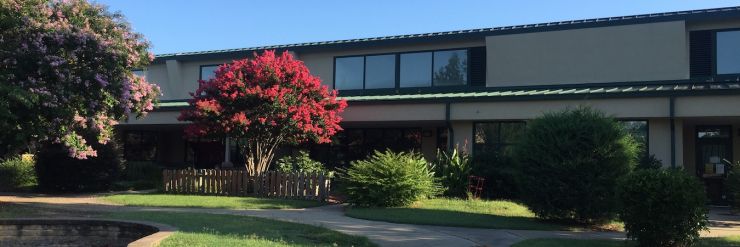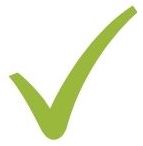


The mission of Sterling Montessori is to create a diverse educational community, grounded in the Montessori philosophy and teaching practices, that fosters curiosity, creativity, and critical thinking in its students. We strive to empower each student to become life-long learners who respect themselves, others and their environment.
HISTORY OF STERLING MONTESSORI
On June 20, 1989, special education teachers Andrea Faurot and Charles Uzzell opened Cary Montessori in their home with one preschool student and their daughter Molly. From this humble beginning, Sterling Montessori Academy and Charter School was born. By December 1990, Cary Montessori had grown to 90 students and 14 teachers. This rapid growth necessitated a move to larger facilities – first moving into 201 High House Road, then in 1993 – 1994 moving into two additional spaces in Cary.
As demand for a quality Montessori education grew, Andrea and Charles were challenged to find land or facilities in Cary large enough for the growing school. The first six acres in Morrisville were purchased and construction began on A & B buildings, using “natural lighting” concepts. Shortly after completion of the private school in 1996, North Carolina passed laws enabling the creation of Charter Schools. Sterling Montessori Academy and Charter School became a private preschool and public K-8 charter school in 1997.
Sterling’s founders, Andrea Faurot and Charles Uzzell, were teachers and visionaries committed to the quality of the Montessori education the school provided. The non-profit Laura Holland Uzzell (LHU) foundation was started in 1993 to raise money for teachers to acquire Montessori certification, and for students to have access to a Montessori education. Named after one of Sterling’s early supporters, the LHU Foundation Board operates, and is the governing body of, Sterling Montessori Academy and Charter School (SMACS).
AMERICAN MONTESSORI SOCIETY ACCREDITATION

School Membership - For Montessori schools, AMS membership is a way to endorse and engage with the world’s foremost supporter of quality Montessori education. School membership of AMS is available to any Montessori school that agrees to comply with the AMS Code of Ethics.
Level of Membership - There are 10 steps on the Pathway of Continuous School Improvement, and a place on the Pathway for all schools. Pathway step determination is based on how many of the 5 core components of Montessori your school implements:
- Properly Credentialed Teachers
- Multi-Age Classrooms
- Use of Montessori Materials
- Child-Directed Work
- Uninterrupted Work Cycle
The credential must be issued by a teacher education program accredited by the Montessori Accreditation Council for Teacher Education (MACTE). Currently AMS is the only organization with MACTE-accredited teacher education programs that offer Secondary credentials.
The Pathway Steps Towards Accreditation
Step 5: At least 80% of your lead teachers hold Montessori credentials and your school implements at least 3 other core components. Step 6: 100% of your lead teachers hold Montessori credentials and your school implements the other 4 core components If your school is interested in accreditation, you are eligible to apply for candidacy. Step 7: Your school has submitted a self-study that demonstrates compliance with the AMS School Accreditation Institutional Standards. Step 8: Your school has submitted a self-study and hosted a peer validator to demonstrate compliance with the AMS School Accreditation Instructional Standards. Step 9: Your school has completed a strategic plan for continuing improvement. Step 10: AMS School accreditation. |
